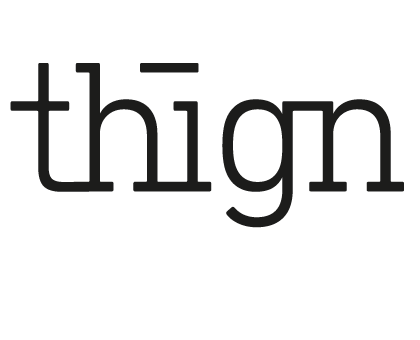Design in the Face of Mountains
More and more people live in cities – in a world shaped by design. The starting point of human existence is nature. When we are in nature, we perceive differently. There our view of design changes.
Our demand for design in the face of mountains is more elementary, simpler and more functional. A natural environment automatically calls into question our usual view, attitude and actions. The animal and our basic needs are moving more into the foreground again. Our instincts are awakened and our needs experienced differently.
Most of us do not know any untouched nature anymore – a nature without traces or influences of mankind. We are used to moving along existing paths to and through nature. The starting point of every hike is civilization. It takes more and more effort to leave this civilization behind.
Our perception of nature is no longer pure. We listen to the noise of the water course and in the distance we hear engine noise. We look into the sky during the day and see contrails. We hike and come across garbage even in the remotest places. Human artefacts blend into our perception and affirm: we are not alone. We have done it through an accumulation of things that no species has succeeded in before: the permanent referentiality from one human being to another, from one track to the next.
This accumulation of artifacts is extraordinary, in a technical and socio-cultural sense a peak performance. The only question is: Why all this in such quantities?
A slightly provocative thesis could be that man cannot endure the diversity and greatness of nature and therefore tries to counteract this by creating artefacts in order to constantly make the effect of man visible and to manifest his presence, so that he no longer feels loneliness and fear – in constant relation to the general public.
The abundance begins with the sedentariness. As long as we stay in motion and take things with us, we limit ourselves, because things, in the truest sense of the word, quickly become a burden. The capacity of coping has natural limits.
What can we carry with our bare hands? Not much. And both hands are occupied while carrying. As a solution we create carrying aids and containers. But our strength is limited. We need backup. We design accordingly. The effort grows with the number of things we carry with us.
Settlement makes it easier. There is a fixed place where what has been created and collected can be stored. The dwelling also becomes an enclosure – a container not only for us but also for things that belong to us. A paradise for addition. This and that and that. As long as there’s room, there seems to be no restriction.
Last but not least, we no longer have to go hunting to survive. We’re not so exhausted anymore either. We’ve got plenty of time. We can use it to collect (we call it Shopping) or to hunt (we call it Buying). Today’s food of hunters and gatherers is no longer animals and fruits but products and pictures.
Because we’re full. Stuffed. We are not hungry. We have cereal bars.



